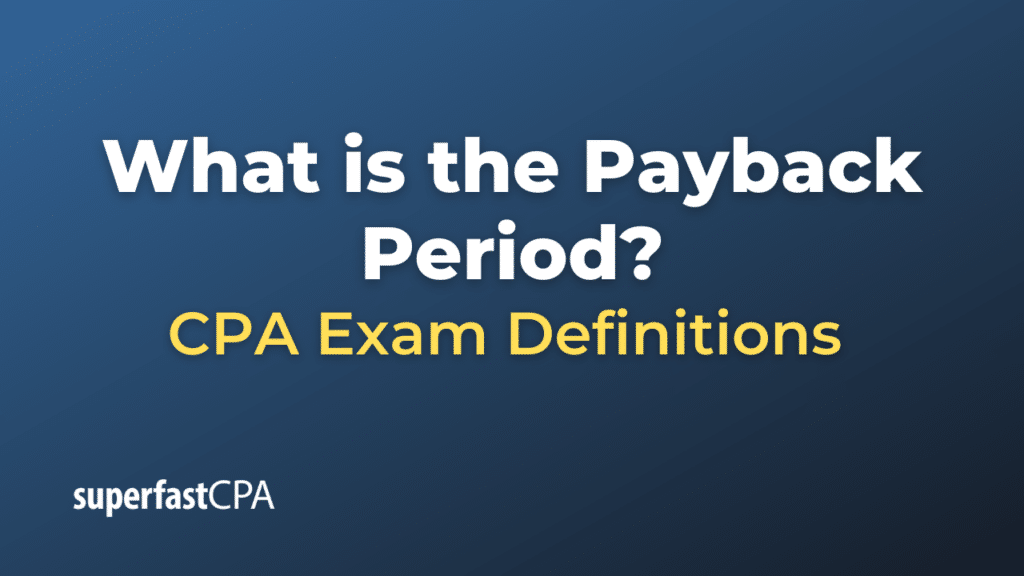Payback Period
The Payback Period is a capital budgeting method that calculates the time required to recover the cost of an investment. It represents the amount of time it takes for an investment to generate an amount of income or cash equivalent to the cost of the investment.
The basic formula for calculating the payback period is:
Payback Period = Initial Investment / Annual Cash Inflows
This method is a simple way for businesses to evaluate the risk associated with an investment. The shorter the payback period, the less risky the investment is considered to be.
However, the Payback Period method has some drawbacks. It ignores the time value of money, which means it doesn’t take into account the concept that a dollar today is worth more than a dollar in the future. It also ignores cash flows received after the payback period, which could lead to suboptimal investment decisions. Due to these limitations, it’s often used in conjunction with other methods, like Net Present Value (NPV) or Internal Rate of Return (IRR), to evaluate an investment.
Example of the Payback Period
Let’s use an example to illustrate how the payback period is calculated:
Imagine a company is considering investing in a new piece of machinery that costs $50,000. They expect this machine to generate an additional $10,000 in net cash flow each year.
To calculate the payback period, we would divide the initial investment by the annual net cash inflow:
Payback Period = Initial Investment / Annual Cash Inflows
Payback Period = $50,000 / $10,000 = 5 years
This tells the company that it will take five years to recover the initial investment of $50,000. Any net cash flows the machine generates after this period can be considered profit.
Remember, the payback period does not consider the time value of money or cash flows after the payback period. Therefore, it should not be the only method used when making an investment decision, especially for long-term investments. Other methods such as Net Present Value or Internal Rate of Return should be used in conjunction with the payback period to make a more informed decision.













